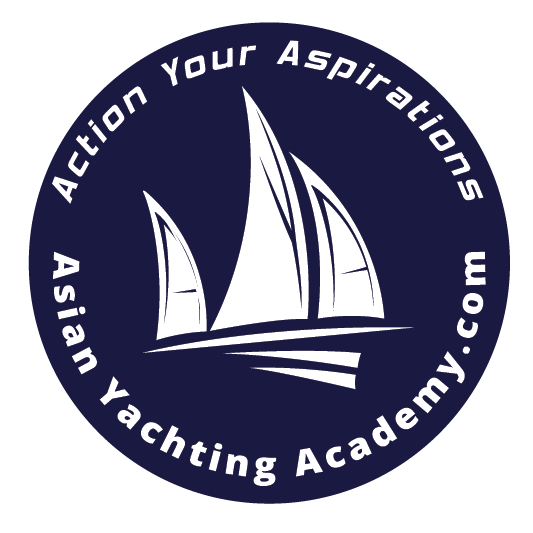Experience required prior training: 28 days at sea as skipper or watch leader in at least 2 voyages, at least in 2 sea areas
Certification required prior training: SRC and First Aid Certificate
Minimum age required: 18 years old
Suggested number of training hours: 40 hours
Who can run the training: ISSA Instructor
Who can do the examination: ISSA Instructor
Examination: 6 hours, including 2 at darkeness. Maximum 3 candidates at a time
How to sibmit the application: To authorized ISSA school only

Scope of required knowledge and skills
Yacht handling under Power
1. Unberthing/berthing (longside and stern-to)
2. Approaching a mooring buoy
3. Weighing an anchor
4. Recovery of Man Over Board
5. Practical skills
Yacht handling under sails
1. Tacking
2. Gybing
3. Recovery of Man Over Board
4. Practical skills
Dead Reckoning Navigation
1. Definition of DR navigation
2. Running of DR and plotting of DR position
3. Practical skills
Fixing lines
1. Sources of fixing lines (leading lights, bearings, depth contour)
2. Error analysis/ accuracy assessment
3. Practical skills
Magnetic compass
1. Consideration of variation. Change of variation in time and place
2. Siting of compass and reasons for deviation (impact of electronic devices)
3. Consideration of deviation
4. Stationary and handbearing compasses
5. Determination of deviation
Tides
1. Reasons of Tides – Springs and Neaps
2. Tidal Tables
3. Tidal levels and chart datum
4. Time and height of tide in standard ports
5. Secondary ports
6. Anomalies
Tidal currents
1. Tidal current atlases
2. Tidal current diamonds
3. Information about tidal currents in navigation publications
4. Consideration of tidal currents when calculating courses and passage planning
5. Overfalls, tidal races
Buoys and Beacons
1. Navigation marks in IALA A and B
2. Limitation of navigational marks as navigational aid
Lights
1. Characteristics
2. Range – visual and nominal
3. List of lights
Pilotage
1. Harbour specific regulations and signalling systems
2. Planning and strategy to enter/leave a harbour
3. Practical skills to make a pilotage
Echo sounders
1. Operation of manual echosounder
2. Types of echosounders
3. Limitations of echosounders
4. Secondary echoes
Satellite systems
Basic knowledge of satellite systems, their abilities and limitations
Logs (measurement of speed and distance)
Different types and operation
Logbook
1. Logbook as an official document
2. Running of a logbook
Meteorology
1. Basic terms, Beaufort’s scale
2. Air masses
3. Types of clouds
4. Characteristics of weather in specific pressure and front systems
5. Sources of weather forecasts
6. Ability to interpret weather forecasts/ charts, weatherfax
7. Day/night breeze
8. Fog
9. Use of barometer
Anchoring
1. Types of anchors and operation
2. Selection of place to anchor
Collision Regulations
Good knowledge of International Regulations for Preventing Collisions at Sea
Safety at sea
1. Personal safety, use of lifejackets, harnesses, jackstays
2. Fire prevention and fighting
3. Distress signals
4. Role of coastguard
5. Preparation to heavy weather
6. Liferafts and recovery by helicopter
International Signalling Code
Rules of application
Navigating in restricted visibility
1. Restricted visibility procedures
2. Limitations for safe navigation
Passage planning
1. Preparation of charts and notes to plan a passage
2. Standard actions when navigating in inshore waters
3. Strategy to plan a passage
4. Use of weather information in passage planning
5. Sources of local and national regulations
Environment protection
Responsibility for environment pollution and sea environment protection

